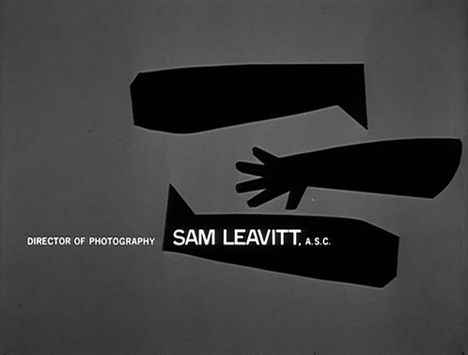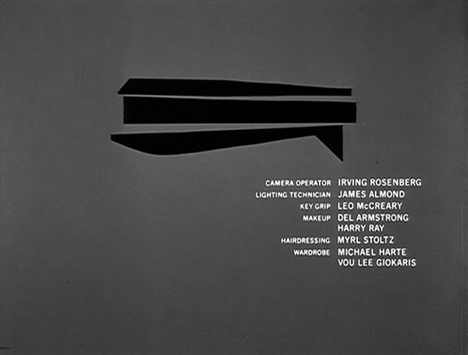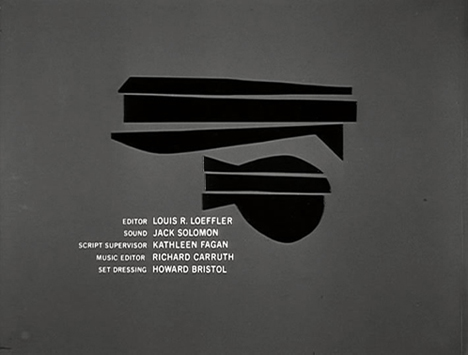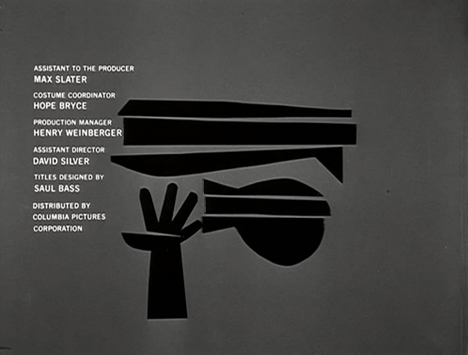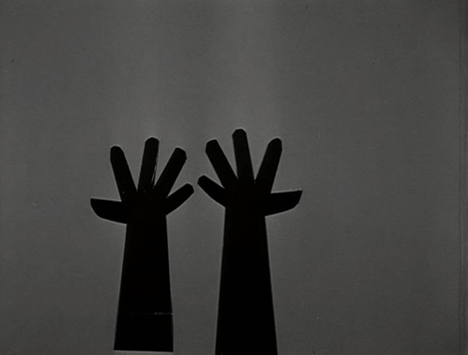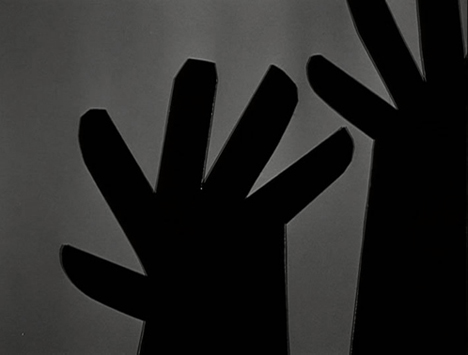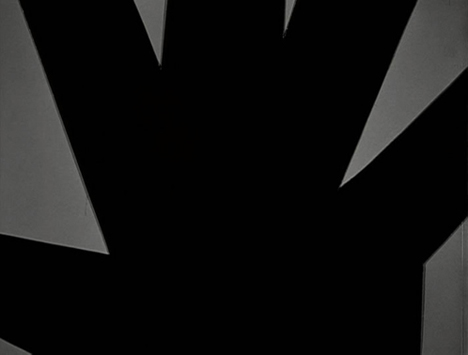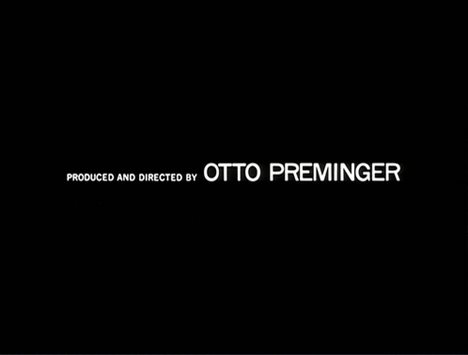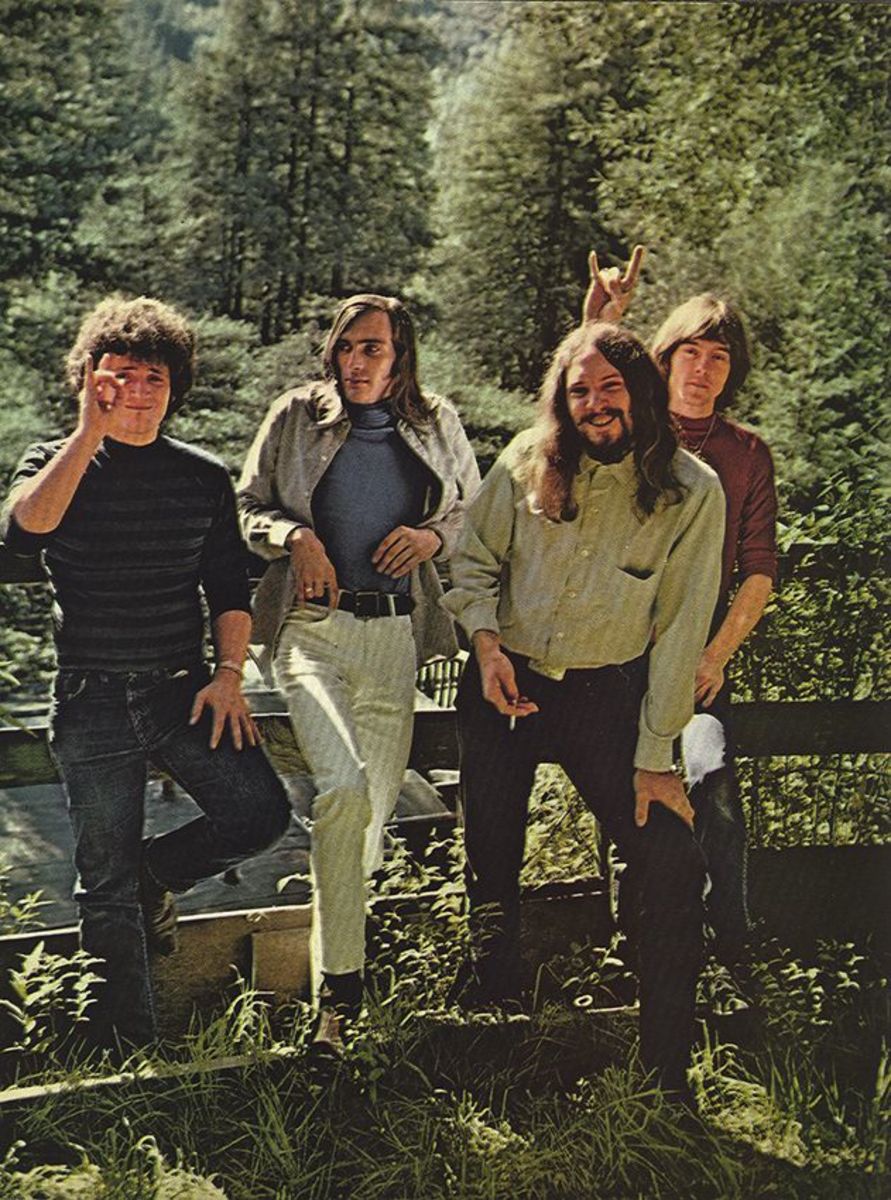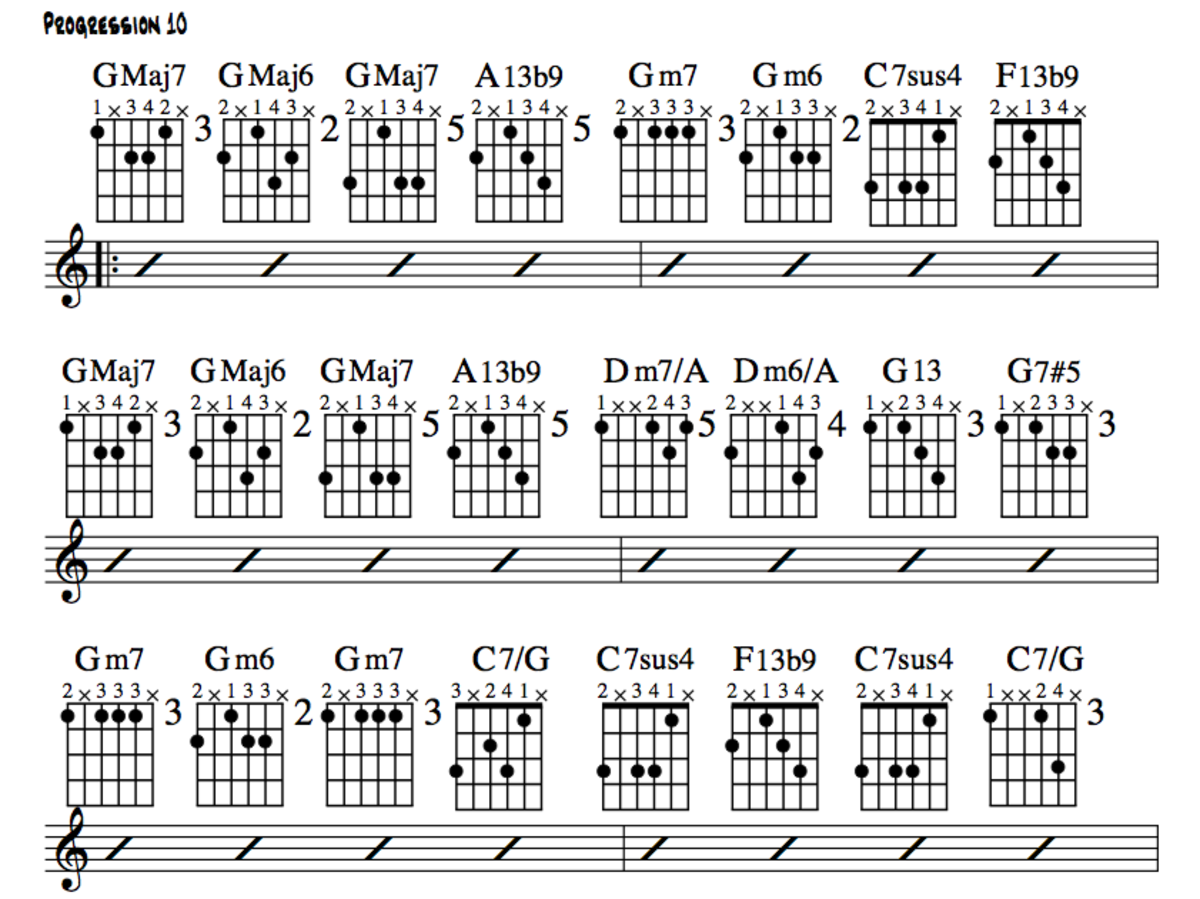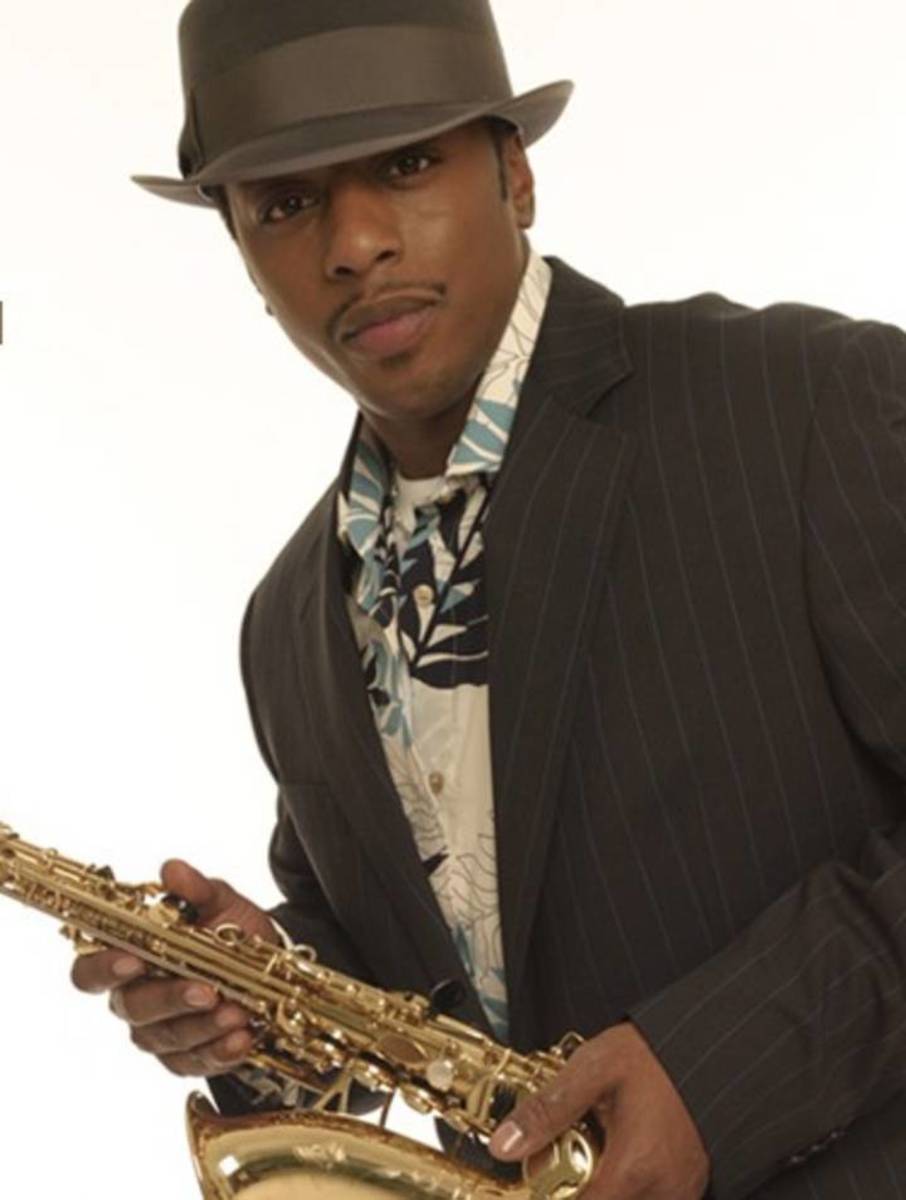Duke Ellington's Anatomy of a Murder soundtrack music
"A man passed through and he was a giant."
"...he had a very advanced concept of art." - Wynton Marsalis in the liner notes to the 1999 release of the soundtrack album.
"I think all the musicians in jazz should get together on a certain day and get down on their knees to thank Duke." - Miles Davis
"A man passed through and he was a giant." - mourner at Duke Ellington's funeral in 1974.
Duke Ellington was indeed a giant, quite possibly the most prolific composer of the 20th Century and certainly one of the most influential and entertaining. Look at his extensive discography and you will literally thousands of albums, both legitimate and bootleg, that he contributed to, that feature him as sideman or leader, in big band or in more intimate small group formats.
One of his greatest albums, one often overlooked by both the critics and the fans, is the album of music he composed and played for Otto Preminger's court-room feature Anatomy of a Murder . The album was recorded in that magic year for jazz, 1959, on which I am writing a series of Hubs (I have already written about Miles' great Kind of Blue , Trane's Giant Steps , Brubeck's Time Out , Mingus' Blues and Roots and Mingus Ah Um , and Ornette Coleman's The Shape of Jazz to Come , all of which were seminal albums which have received a great deal of critical attention over the years.
In contrast Anatomy of a Murder is sui generis , an album that has no precise parallel, and has not been copied or enlarged on by anyone. And it is a rare gem because of that.
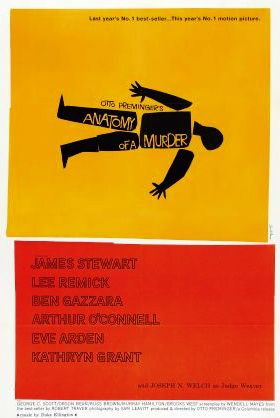
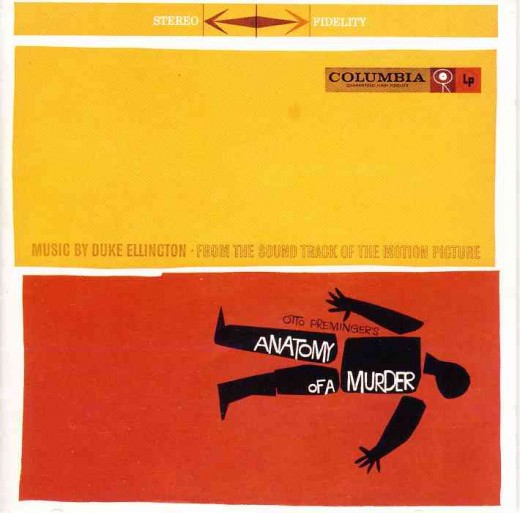
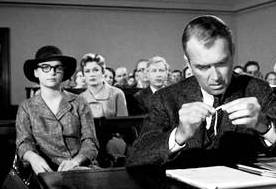
The album and the movie
In contrast Anatomy of a Murder is sui generis , an album that has no precise parallel, and has not been copied or enlarged on by anyone. And it is a rare gem because of that.
The movie was based on an eponymous book by Robert Traver, the pen name of Michigan Supreme Court Justice John D. Voelker, which was in turn based on a real-life 1952 murder which happened in Michigan's Upper Peninsular, in which he was a defense attorney.
The movie is well-written (the screenplay was written by Wendell Mayes) and superbly directed and produced, so much so that it is used in some US law schools as a teaching tool and it was rated by the American Bar Association (in an article by Patric M Verone, The 12 Best Trial Movies,
ABA Journal, November 1989) as one of the 12 best trial movies for "its ability to demonstrate how a legal defense is developed in a difficult case. How many trial films would dare spend so much time watching lawyers do what many lawyers do most (and enjoy least)--research?"
The story, very briefly, is that US Army Lieutenant Frederick Manion (played by Ben Gazzara) pumps a lot of lead into bar owner Barney Quill, who Manion believed had raped his sexy wife Laura (Lee Remick). Small-town lawyer Paul Biegler (James Stewart, in what some regard as his best role) takes on the almost hopeless case, coming up against prosecutor Assistant State Attorney General Claude Dancer (George C. Scott) in the court of Judge Weaver (played by real-lifeJudge Joseph N. Welch of the 1953 McCarthy hearings fame).
The movie is regarded as one of the first out of Hollywood to challenge the Hays code of censorship guidelines adopted by the Motion Picture Association of America in 1930, and in force until 1968. Other movies of the time which challenged the code were Some Like it Hot (Billy Wilder, 1959) and Psycho (Hitchcock, 1960). The challenge issued by Anatomy included the use of the words "soiled panties", incredible as that might seem these days!
"The film’s trump card is Duke Ellington’s jazz score." - from the "Culture Vulture website www.culturevulture.net/Movies/AnatomyofaMurder.htm)
And what a score it is!
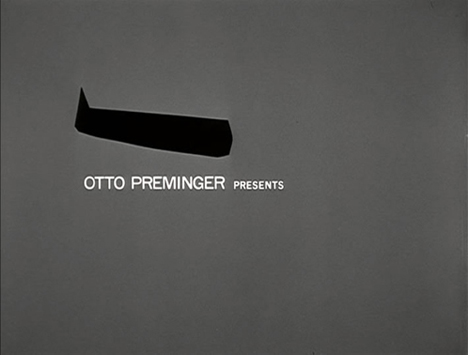
Track 1
The main title and "Anatomy of a Murder" track features some interesting short solos by Paul Gonsalves on tenor, Ray Nance on trumpet and the Duke himself, but the outstanding sounds on this track come from Jimmy Hamilton on clarinet.
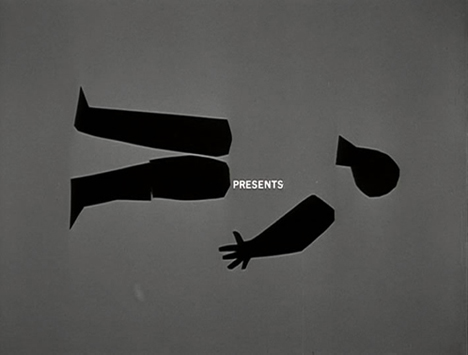
Track 2
"Flirtibird", introduces the Lee Remick character with music that as Marsalis writes in the liner notes : "lets you know he's talking about Lee Remick." It starts with Johnny Hodges laying down the theme and then taking a long solo over some tight and interesting ensemble work.
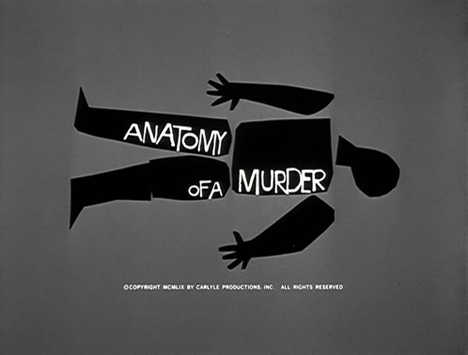
Track 3
"Way Early Subtone", features Russel Procope on a high-flying and soulful clarinet. The music is meant to introduce Biegler's secretary Maida (played by Eve Arden) and Procope plays it on an old Albert system (as opposed to a Boehm system) clarinet. This clarinet produced a more "woody" sound than the Boehm instrument although it was not suited, duen to the key construction, to faster playing.
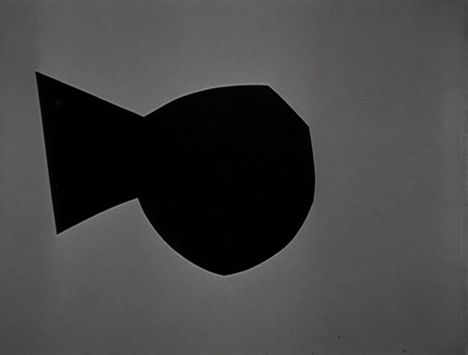
Track 4
"Hero to Zero" features the wonderful Harry Carney on baritone in a beautifully constructed solo, with interpolations by Paul Gonsalves on tenor and Jimmy Hamilton on clarinet.
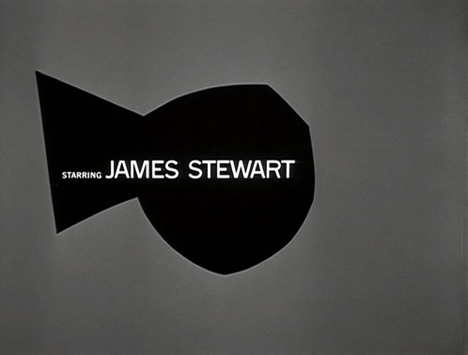
Track 5
"Low Key Lightly" belongs to Ray Nance and his incredible violin after the piano introduction by the Duke. During the Duke's solo the whole band contributes two long-held chords which break the solo into three sections. When Nance's violin appears the rhythm section and reeds accompany him.
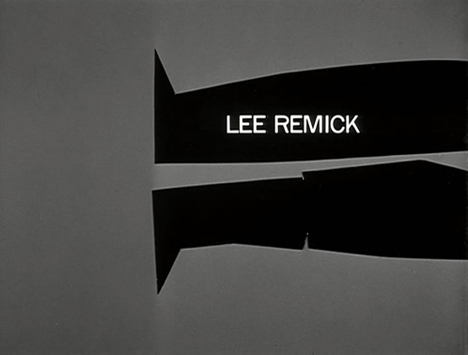
Track 6
The next track, "Happy Anatomy", is, like "Flirtibird", all about the Remick character. As Marsalis notes, "Yeah, 'Happy Anatomy.' That's Lee Remick. That posterior was always poking around." The track opens with some really swinging ensemble playing and then Clark Terry bursts in with a lovely trumpet solo. Behind him the Duke does some great chord work, assisted by the whole band and then Gonsalves on tenor takes over with a masterly solo while the band keeps him company with some gorgeous playing.
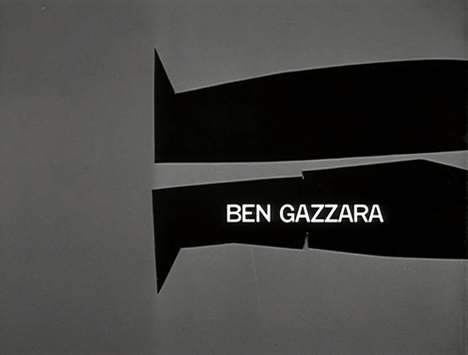
Track 7
"Midnight Indigo" starts with Harry Carney on bass clarinet and the Duke on celeste. Billy Strayhorn is there too on piano. It's a slow, bluesy number with an incredible mood set up by the spare instrumentation and really gorgeous harmony. Marsalis notes that it is the most successful use of the celeste in jazz he has ever heard. "That's one of the most transcendent moments," he wrote. I agree and whenever I listen to the album I kind of wish that this track would go on and on, the 2:43 that it actually lasts seems like a few seconds. Indeed a superb moment.
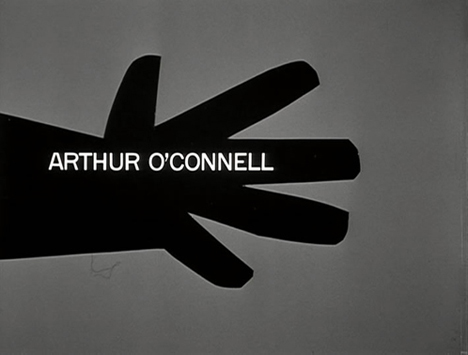
Track 8
It's followed by another slow ballad-like number called "Almost Cried" which opens onto a quiet, thoughtful solo by Harold "Shorty" Baker on trumpet. Once again the harmonies are out of this world interesting. And Jimmy Johnson on drums uses his cymbals to add to the mood most effectively.
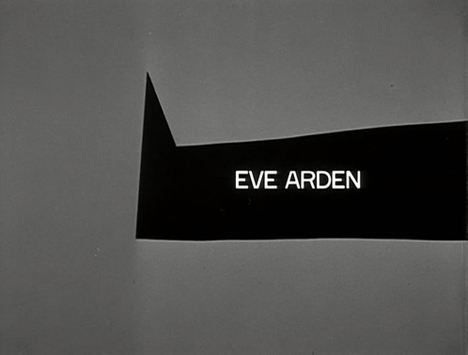
Track 9
"Sunswept Sunday" starts out, appripriately, like a hymn. The horns are almost too much, but are saved from treacliness by the wonderful voicings and Jimmy Hamilton's keening clarinet.
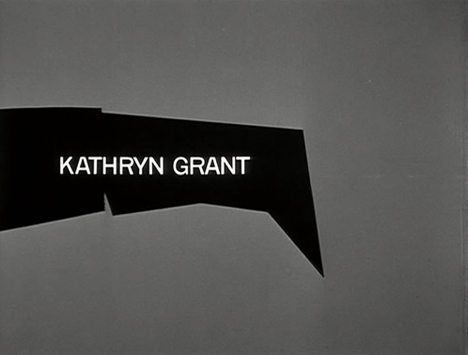
Track 10
The "Flirtibird" theme returns as a waltz, "Grace Valse" with Strayhorn taking a piano solo accompanied by the Duke on the celeste again.
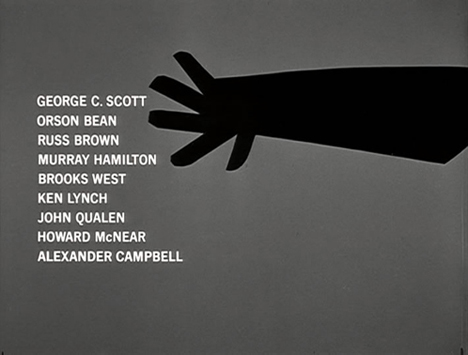
Track 11
"Happy Anatomy" returns in a jaunty quintet version featuring a fantastic, too short, tenor solo from Jimmy Hamilton and an electric Ray Nance trumpet solo. The other members of the quintet, called the P.I. Five for the character Pie Eye the bar owner played by the Duke, are the Duke, Jimmy Woods on bass and Jimmy Johnson on drums (lots of Jimmies in this band?).
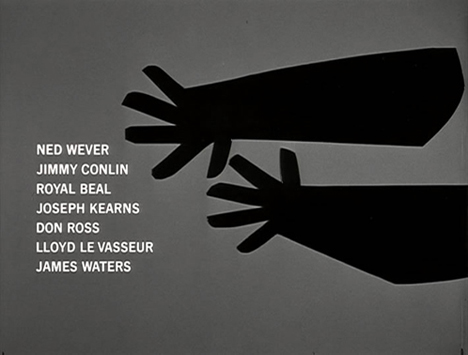
Track 12
Johnny Hodges takes a typical, beautiful, solo on the next track, "Haupe", which brings back the second theme, called "Polly".
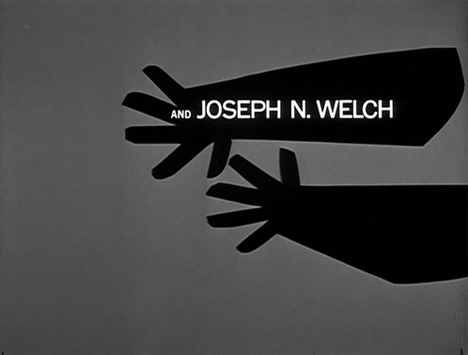
Track 13
The original album ends with "Upper and Outest" featuring two trumpet solos, the first from Baker and the second a typically stratospheric Cat Anderson one, which takes the number out. Its aqlmost unbelievable the sounds Anderson manages to make on the trumpet.
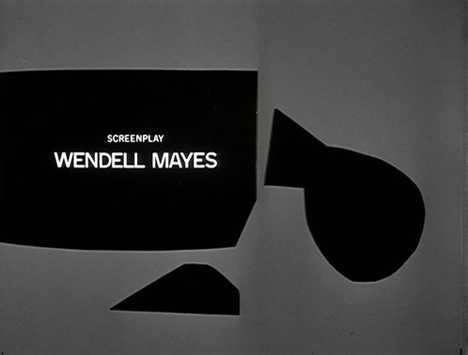
The Bonus Tracks
The 1999 release of Anatomy of a Murder has a further 13 tracks which I am not going to discuss in detail, although there is some fine music there.
One of the more interesting tracks is "More Blues", played by the P.I. Five, an up-tempo blues that really swings, with some great soloing by Hamilton and the Duke. There is also a dixie version of "Happy Anatomy" and a long interview with the Duke.
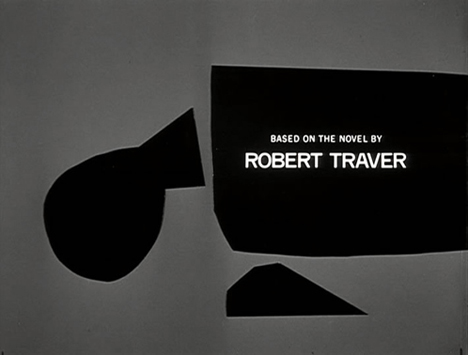
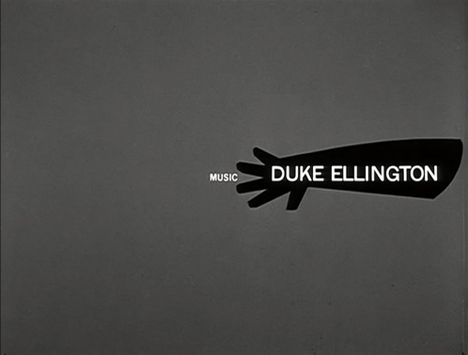
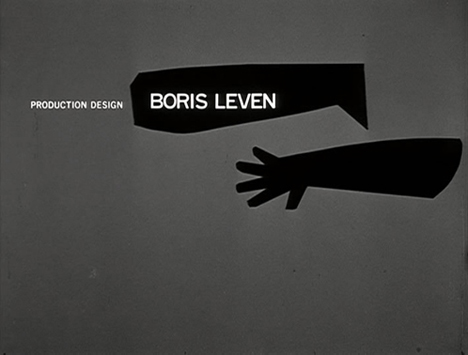
Overall assessment of the album
The overall assessment of the album by Marsalis is worth qu0oting at length:
"The performance of the entire Anatomy of a Murder itself must be acknowledged. Just the precision of the ensemble playing is unbelievable. The mutes for the trumpets: how did the whole section close and open their mutes at the same time like that? They play with stunning precision and intonation."
And yet the album was not always well received. As Phil Schaap, the producer of the re-issue, notes: "Many years ago, when late night television first began showing the 1959 film, Anatomy of a Murder , the New York Times TV listing praised the movie but disparaged the Ellington score on the soundtrack as misguided."
On extensive and open-minded listening, however, I believe the album will stand up with the best of Ellington's recordings and can be recognised as a landmark jazz achievement, which is coming into its own 50 years after it was recorded. Indeed it is an album for movie buffs, jazz fanatics, and all lovers of good music.








Note on the title credits
The images to the right of this Hub are the title sequence images created by Saul Bass.
Leo Goldsmith wrote
(www.notcoming.com/saulbass/caps_anatomyofamurder.php) of these images:
"The titles for the film are among Bass’ most recognizable and, along with Duke Ellington’s score, lend the film its particular blend of sophistication and loose, improvisatory charm. Literalizing the film’s title, the credit sequence presents different cut-out (-off?) human limbs, which are in turn diced up into abstract decorative shapes. Echoing the deliberate manner in which the film dissects the circumstances of a murder case, the credits also provide some witty juxtapositions of titles and images: James Stewart naturally gets the head; Lee Remmick a leg; Duke an arm; and Preminger’s credit comes once a disembodied hand seems to cover the lens. The central image of the segmented corpse is so effective and simple that Spike Lee’s production company lifted it wholesale for the film, Clockers, until Bass threatened them with a lawsuit."

